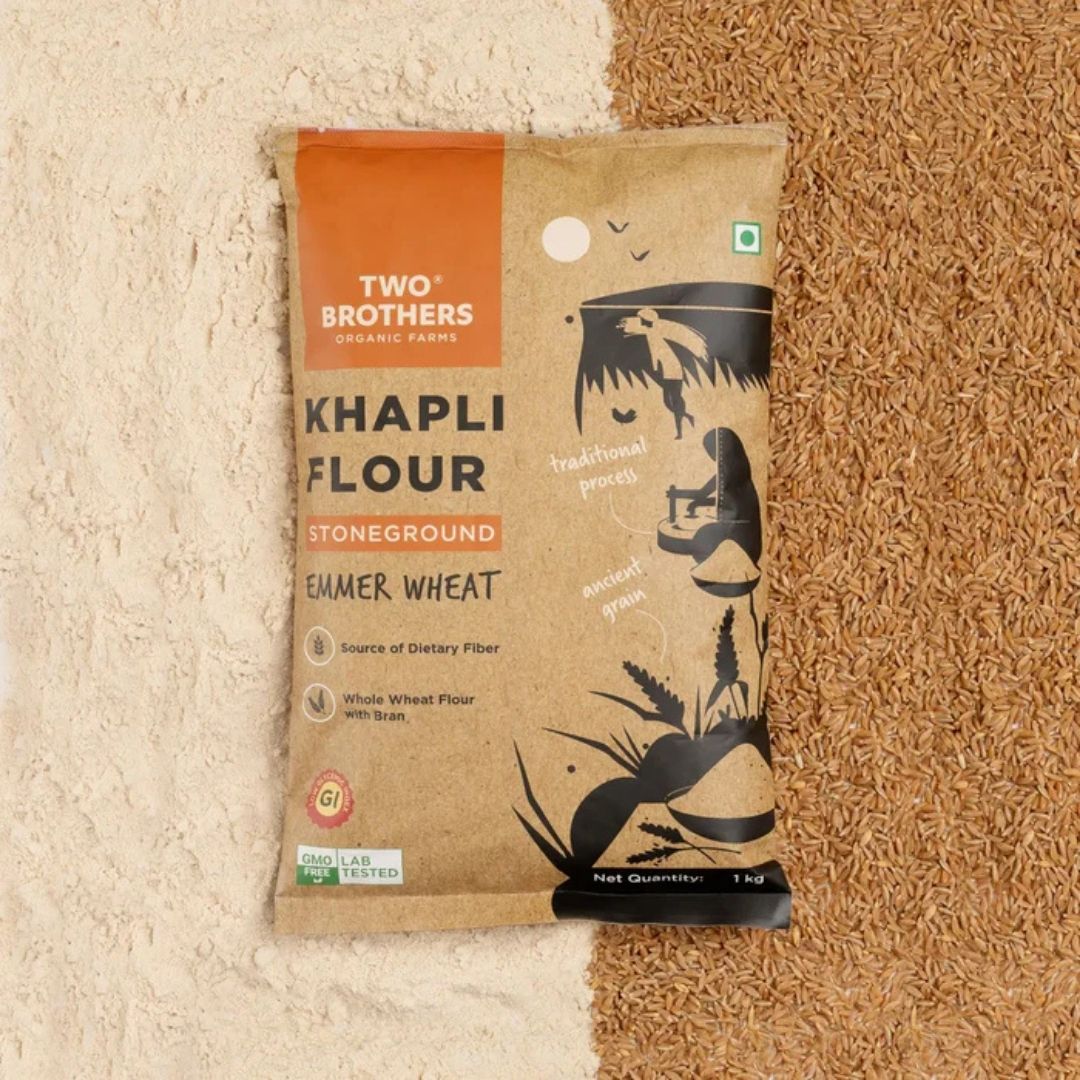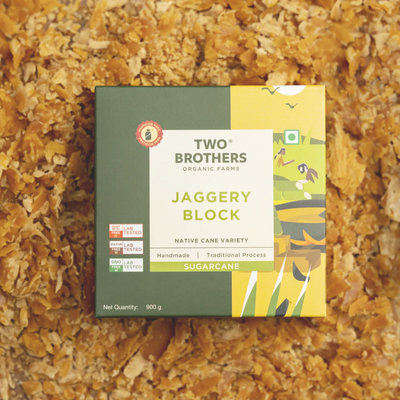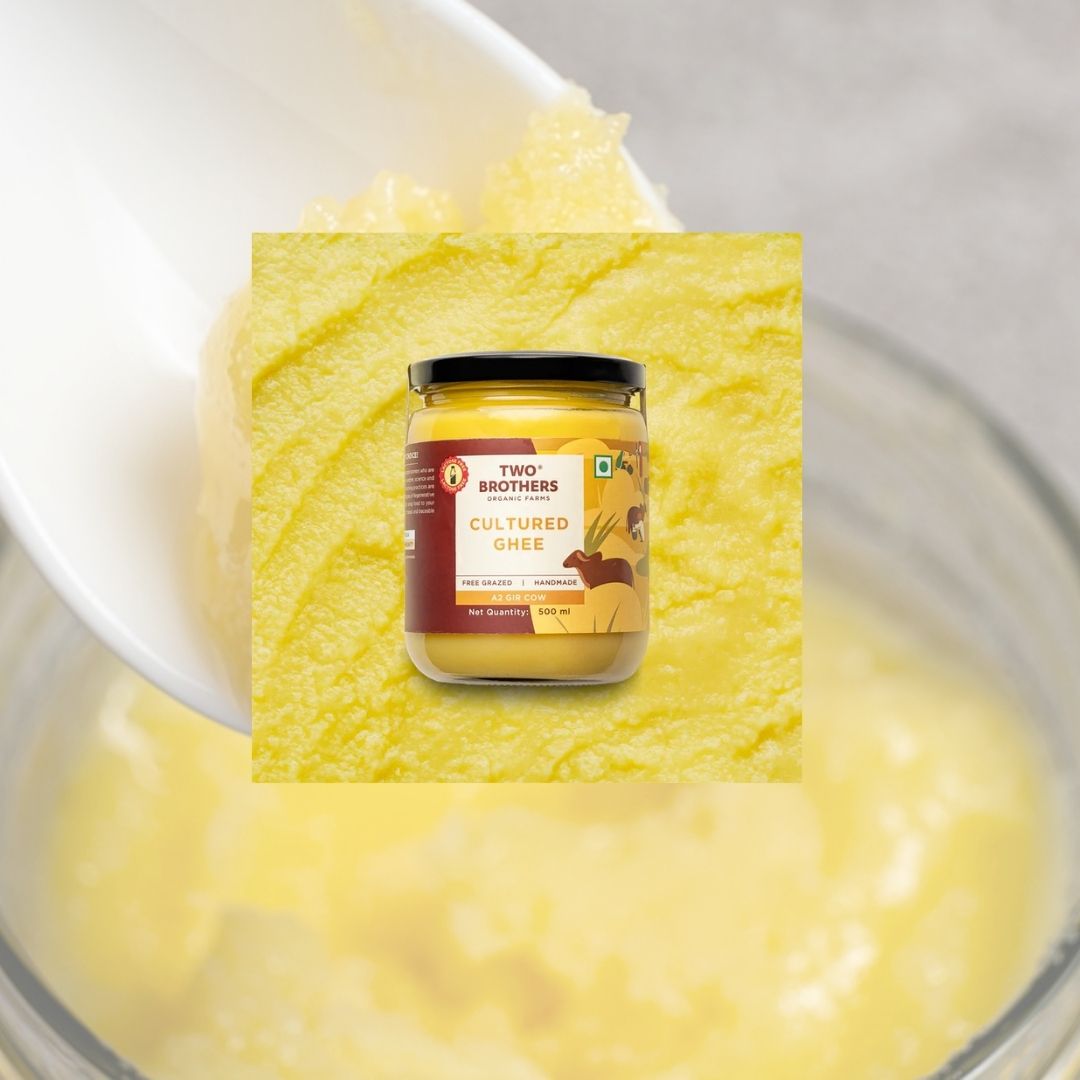When it comes to traditional fats, few have stood the test of time like ghee and clarified butter. Both have rich histories, particularly in Indian and French cuisines, where they’ve been used for centuries. While these two cooking fats may seem interchangeable at first glance, they are distinct in their preparation, flavor, and health benefits. For those interested in using natural and wholesome fats in their cooking, understanding the differences between ghee and clarified butter is essential. In this blog, we’ll explore the origins of both, how they’re made, their health benefits, and why choosing organic ghee—particularly A2 cow ghee—could be the healthier option. We’ll also highlight popular products like Amorearth Desi Cow A2 Ghee, Health Improving Ghee, and A2 Cultured Buffalo Ghee to help guide your ghee-buying decisions.
What is Ghee?
Ghee is a type of clarified butter that originated in ancient India and is considered an essential ingredient in Ayurveda and Indian cuisine. Unlike regular butter, which contains water and milk solids, ghee is made by simmering butter to remove these elements, leaving behind pure golden fat. This process gives ghee its rich, nutty flavor and high nutritional value, making it a staple in many kitchens. Known as “desi ghee” or “Indian butter,” it has been used in various culinary and medicinal applications for thousands of years. In many Indian households, the preparation of fresh ghee from A2 milk ghee—especially cow ghee—is a ritual passed down through generations.
Ghee is highly valued for its versatility. It can be used for frying, sautéing, baking, or simply as a topping for bread, rice, or vegetables. Its high smoke point, which is around 485°F (252°C), makes it an ideal fat for high-heat cooking, as it doesn't burn as easily as other oils. Furthermore, ghee is shelf-stable and doesn’t require refrigeration, making it convenient for long-term storage.
What is Clarified Butter?
Clarified butter is another form of butter that is widely used in Western cuisines, particularly French cooking. The process of making clarified butter is similar to that of ghee, but with a few key differences. To make clarified butter, regular butter is melted over low heat, and the water and milk solids are separated from the fat. The fat is then strained off, leaving behind a pure liquid form of butter fat.
The primary difference between clarified butter and ghee lies in the cooking time. Clarified butter is removed from the heat before the milk solids caramelize, which gives it a lighter flavor than ghee. It has a slightly lower smoke point, around 450°F (232°C), making it excellent for sautéing but slightly less suitable for deep frying. Clarified butter is prized for its clean, mild taste, which doesn't overpower the flavor of other ingredients, unlike ghee's more robust, nutty flavor.
Key Differences Between Ghee and Clarified Butter
Although ghee and clarified butter are often confused for one another, there are some significant differences that set them apart.
One of the most notable differences is in the preparation process. Ghee is cooked for a longer period of time, which allows the milk solids to brown and impart a nutty, caramel-like flavor to the fat. In contrast, clarified butter is only gently heated until the milk solids separate, resulting in a lighter, more neutral taste. This extended cooking time also makes ghee more shelf-stable than clarified butter, as the milk solids, which can spoil, are entirely removed.
The flavor profiles of these two fats also differ significantly. Ghee has a rich, almost sweet flavor due to the caramelization of milk solids, making it a delicious addition to both savory and sweet dishes. Clarified butter, on the other hand, retains a more traditional butter taste, which is more subtle and less likely to interfere with the flavors of the other ingredients in a dish.
In terms of health benefits, ghee has the edge. Because it is cooked longer and is free from lactose and casein, it is better suited for those with dairy sensitivities. Moreover, ghee is rich in butyrate, a fatty acid that has been shown to support gut health, reduce inflammation, and improve digestion. Clarified butter, while still a healthy fat, does not offer the same nutritional benefits because the process used to make it is shorter and doesn’t result in the same concentration of nutrients.
The Health Benefits of Ghee
For centuries, ghee has been praised for its health benefits, particularly in Ayurveda. One of the most important advantages of ghee is that it is free from lactose and casein, the proteins found in dairy that can trigger digestive issues in some people. This makes ghee a popular choice for individuals who are sensitive to dairy but still want to enjoy the rich flavor of butter.
Ghee is also rich in short-chain fatty acids, such as butyrate, which are known to promote gut health. Butyrate helps reduce inflammation in the digestive tract and supports the healing of the intestinal lining, making ghee an excellent choice for individuals with conditions like IBS or leaky gut syndrome. Furthermore, ghee contains high levels of omega-3 fatty acids and CLA (Conjugated Linoleic Acid), both of which have anti-inflammatory properties and may help support heart health.
Additionally, ghee is packed with fat-soluble vitamins, including vitamin A, vitamin D, vitamin E, and vitamin K. These vitamins are essential for a variety of bodily functions, including immune support, bone health, and skin health. Since ghee is a fat, these vitamins are more easily absorbed by the body, making it a more efficient way to get your daily dose of essential nutrients.

The Importance of Choosing Organic and Grass-Fed Ghee
Not all ghee is created equal. Choosing organic ghee or grass-fed ghee ensures that you are consuming a product that is free from harmful pesticides, antibiotics, and synthetic hormones. Organic ghee comes from cows that have been raised on organic farms and have not been treated with antibiotics or hormones, making it a healthier choice for both you and the environment.
Grass-fed ghee, in particular, is superior in nutritional value. Cows that are grass-fed produce milk that is richer in omega-3 fatty acids, CLA, and vitamins. These nutrients are crucial for maintaining heart health, reducing inflammation, and supporting overall well-being. Products like Amorearth Desi Cow A2 Ghee and Health Improving Ghee are excellent examples of high-quality ghee made from grass-fed cows.
Another important distinction is A2 ghee, which is made from A2 cow milk. A2 milk lacks the A1 protein found in most conventional dairy, making it easier to digest and more compatible with the human body. A2 ghee is believed to have additional health benefits, particularly for people with dairy sensitivities. You can try A2 Cultured Buffalo Ghee for a smooth, nutrient-dense option.
Using Ghee in Cooking
One of the reasons ghee is so popular in kitchens worldwide is its versatility. Ghee can be used in a variety of cooking methods, thanks to its high smoke point and rich flavor.
For high-heat cooking like frying and sautéing, ghee is an excellent choice because it doesn’t burn easily and retains its flavor even at high temperatures. It also imparts a delicious, nutty taste to foods that makes it perfect for roasting vegetables or frying meats. Many people use ghee for making traditional Indian dishes such as curries, where it enhances the flavor and adds depth.
Ghee is also a fantastic alternative to butter in baking. Its richer flavor and higher concentration of fat can elevate baked goods, giving them a more intense buttery taste. Whether you’re making cookies, cakes, or pastries, swapping butter for ghee can make a noticeable difference in flavor and texture.
Which is Healthier: Ghee or Clarified Butter?
While both ghee and clarified butter are healthier alternatives to regular butter due to their lower lactose content and higher smoke points, ghee offers additional benefits that make it the healthier choice for most people. Ghee’s higher concentration of healthy fats, vitamins, and antioxidants makes it more nutrient-dense, while its lack of lactose and casein makes it easier to digest.
Moreover, ghee is often made from grass-fed or organic butter, which boosts its nutritional profile even further. With its long history in Ayurveda and its rising popularity in health-conscious kitchens around the world, ghee is truly a superfood that can support both your cooking and your overall health.
What are the main differences in taste between ghee and clarified butter?
Ghee has a rich, nutty flavor due to the caramelization of milk solids during its preparation, while clarified butter has a lighter, more neutral taste since it is not cooked as long.
Can I use ghee in vegan recipes?
Ghee is made from dairy, so it is not suitable for vegan diets. However, there are plant-based alternatives that mimic the flavor and cooking properties of ghee.
How do I know if my ghee is pure?
Pure ghee should have a golden yellow color, a rich aroma, and a buttery taste. Check the label for a single ingredient: clarified butter. Avoid products with additives or preservatives.
Can ghee be stored in the refrigerator?
Ghee can be stored at room temperature in a cool, dark place. It is shelf-stable due to its low moisture content. However, refrigerating ghee will extend its shelf life if you prefer.
Is ghee suitable for people with dairy allergies?
While ghee is lactose-free and may be tolerated by some people with dairy sensitivities, those with severe dairy allergies should consult a healthcare professional before consuming ghee.








